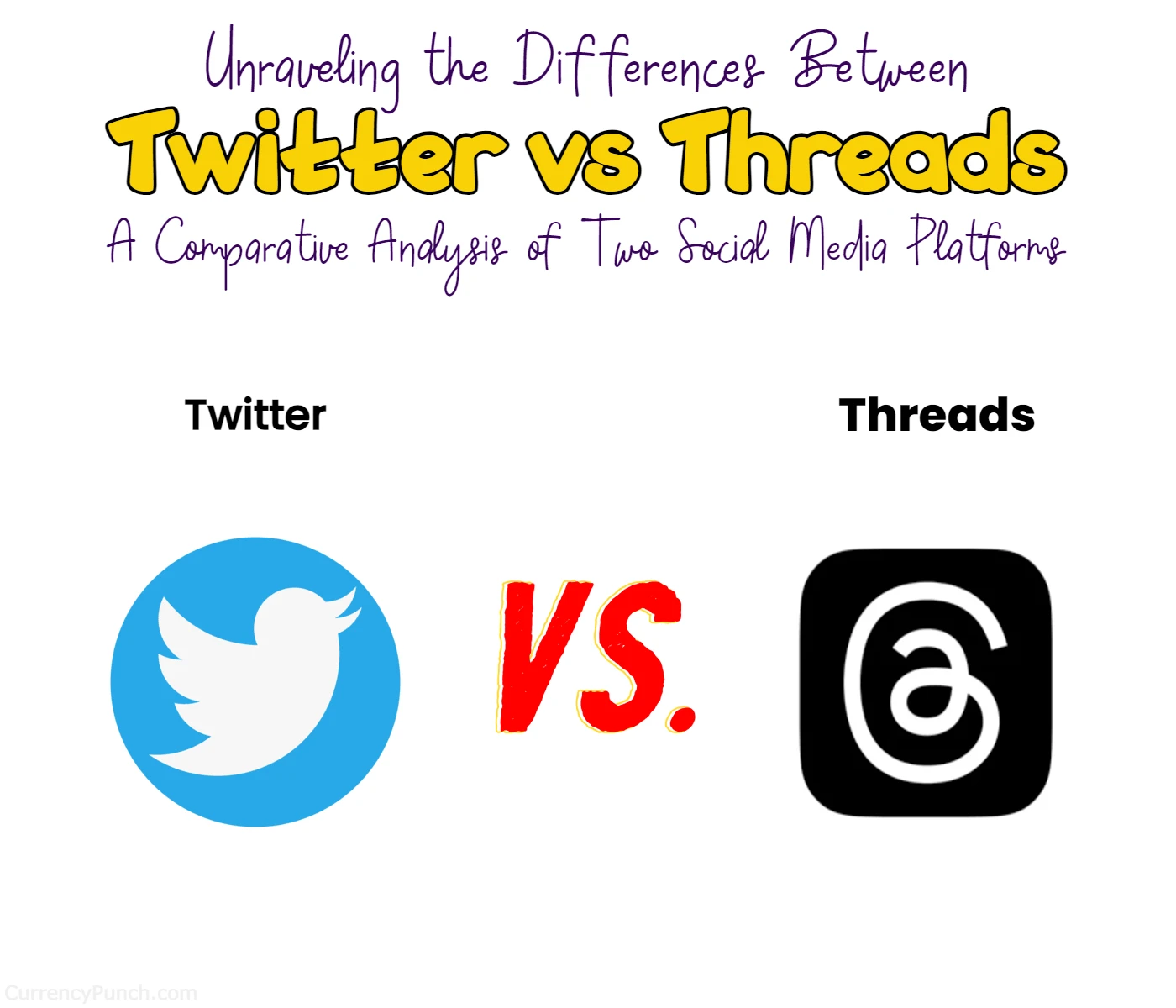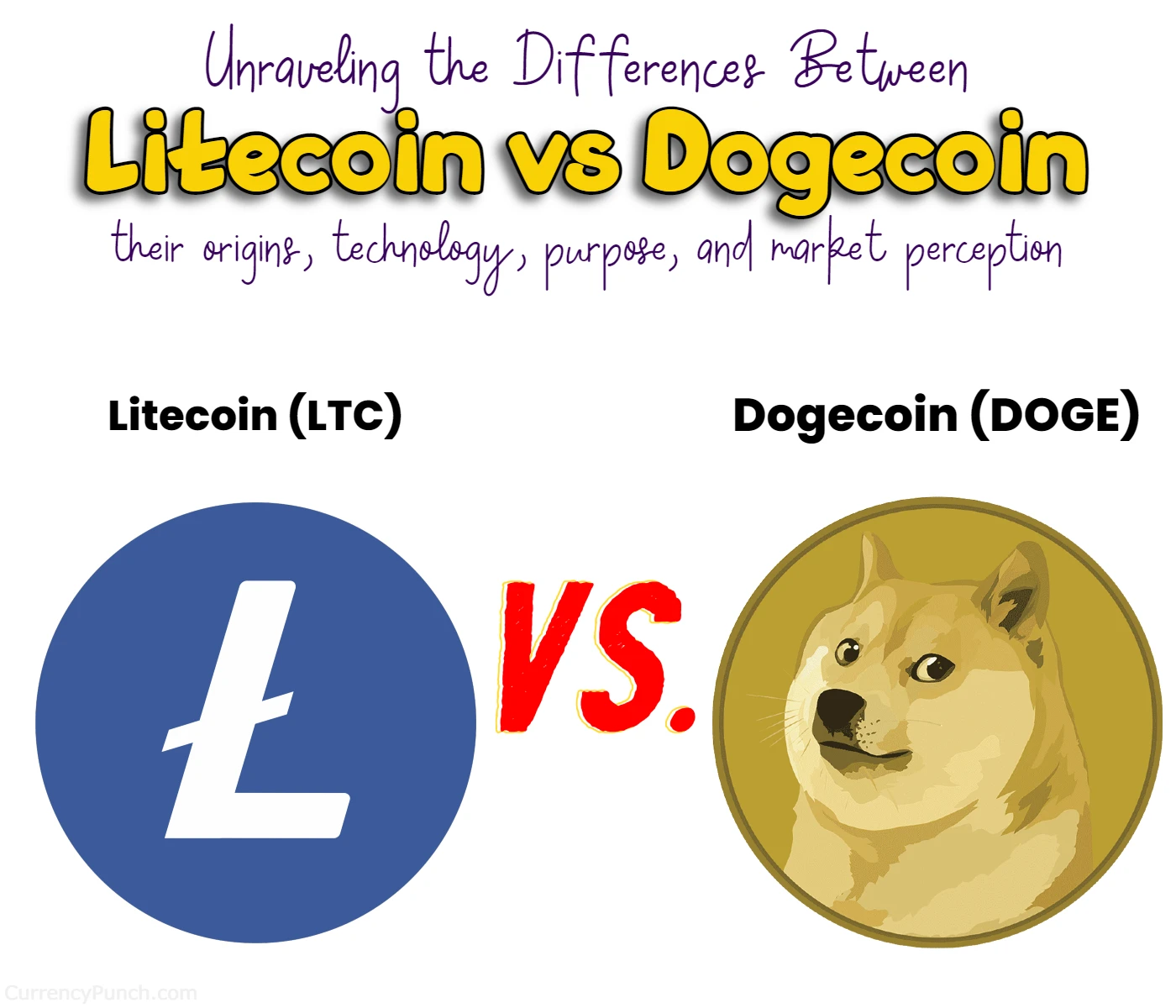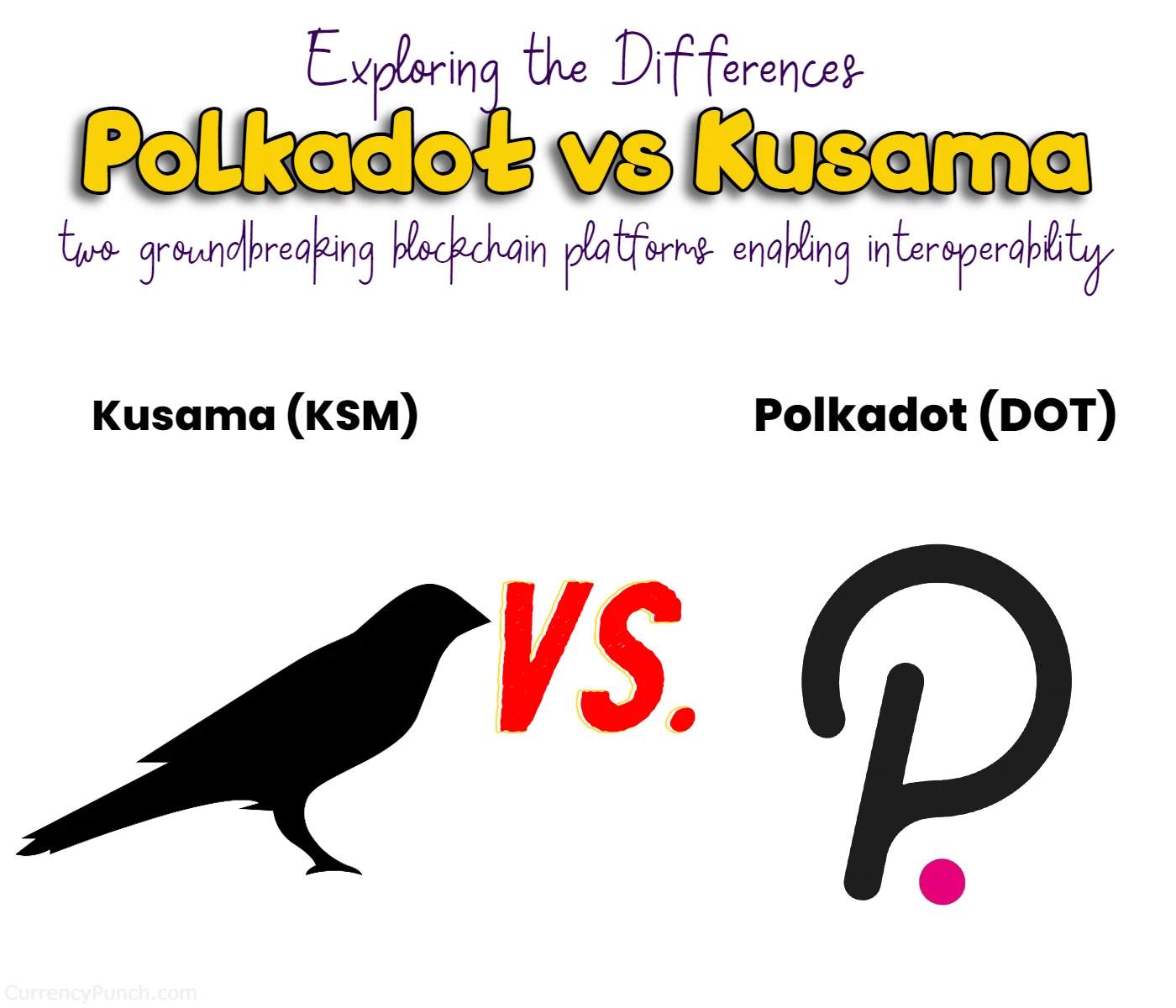Polkadot vs Fantom
What is the difference between Fantom (FTM) and Polkadot (DOT)?

Today, we’ll be exploring the differences between two prominent blockchain platforms: Fantom (FTM) and Polkadot (DOT). If you’ve ever wondered how these two platforms differ in terms of consensus mechanisms, scalability solutions, interoperability, governance models, and ecosystem development, you’re in the right place. So, let’s dive in and discover the contrasting characteristics of FTM and DOT!
In the ever-evolving landscape of blockchain, understanding the unique features and capabilities of different platforms is crucial. Fantom and Polkadot have gained significant attention and adoption within the blockchain community, each bringing its own innovative solutions to the table. By the end of this blog post, you’ll have a solid understanding of the key differences between FTM and DOT, empowering you to make informed decisions and explore the potential applications of these platforms.
But before we delve into the specifics, I want to invite you to read till the end of this blog post. By the time you reach the conclusion, you’ll have a comprehensive grasp of the distinguishing factors between Fantom and Polkadot. Whether you’re an investor, developer, or simply someone curious about blockchain technology, this knowledge will undoubtedly equip you with valuable insights. So, without further ado, let’s embark on this journey of exploration and unravel the differences between Fantom and Polkadot!
Here’s a quick chart summarizing the differences between Fantom (FTM) and Polkadot (DOT):
| Categories | Fantom (FTM) | Polkadot (DOT) |
|---|---|---|
| Consensus Mechanism | Lachesis Protocol, aBFT consensus | Relay Chain, Nominated Proof-of-Stake (NPoS) |
| Scalability | High throughput, fast confirmation times | Sharding, parallel processing |
| Interoperability | Cross-chain bridge technology | Parachains, shared security |
| Governance Model | Decentralized governance with on-chain voting | Decentralized governance with staking and voting |
| Ecosystem and Use Cases | DeFi, gaming, stablecoins, partnerships with govt. | DeFi, supply chain, identity verification, gaming |
| Tokenomics and Utility | FTM token for transactions, governance, staking | DOT token for governance, staking, parachain auctions |
| Team and Development | Founded by Michael Kong, community-driven | Founded by Dr. Gavin Wood, Parity Technologies |
| Adoption and Partnerships | Growing user base, collaborations with enterprises | Attracted projects, partnerships with Chainlink, etc. |
| Roadmap and Development | Enhancing scalability, privacy, real-world use | Full deployment of parachains, governance features |
Difference between Polkadot and Fantom
Background and Purpose
Fantom is an open-source, decentralized blockchain platform designed to provide high-performance and scalable solutions for dApps and DeFi applications. It aims to facilitate the efficient transfer of digital assets and enable developers to create decentralized applications that can be seamlessly integrated with existing systems. Fantom’s core focus lies in providing a robust infrastructure for smart contract execution, interoperability, and cross-chain communication.
Polkadot, on the other hand, is a multi-chain platform that enables the interoperability of multiple blockchains. It acts as a scalable heterogeneous multichain network, allowing different blockchains to connect and communicate with each other. Polkadot’s main objective is to establish a decentralized and interoperable ecosystem where various specialized blockchains can coexist, benefiting from shared security and interoperability.
Consensus Mechanism
Fantom employs a unique consensus mechanism called the Lachesis Protocol. This protocol is based on the Directed Acyclic Graph (DAG) structure and utilizes aBFT (asynchronous Byzantine Fault Tolerance) consensus. The Lachesis Protocol enables fast confirmation times, high throughput, and a high degree of scalability. By utilizing aBFT consensus, Fantom ensures that transactions are final and immutable, offering a reliable and secure environment for decentralized applications.
Polkadot employs a novel consensus mechanism called the Relay Chain, which combines several components, including a nominated proof-of-stake (NPoS) algorithm. The Relay Chain serves as the central hub of the Polkadot network, coordinating the consensus process among the connected parachains. NPoS allows DOT token holders to participate in the governance and security of the network by staking their tokens and participating in the consensus mechanism.
Scalability Solutions
Fantom addresses scalability through its DAG-based structure, which allows for parallel transaction processing. This means that multiple transactions can be processed simultaneously, significantly increasing the network’s throughput. Additionally, Fantom implements a technique called “Story Data” to reduce storage requirements, enhancing scalability even further. The combination of DAG and Story Data allows Fantom to achieve high transaction speeds and handle a large number of transactions per second.
Polkadot’s approach to scalability lies in its architecture of multiple parachains connected to the Relay Chain. Each parachain can operate independently, processing its transactions and smart contracts. By allowing multiple blockchains to run in parallel, Polkadot provides a scalable solution for the entire network. Furthermore, Polkadot utilizes a shared security model, where the Relay Chain provides security to the connected parachains, ensuring the overall network’s robustness.
Interoperability and Cross-Chain Communication
Interoperability is a key aspect of Fantom’s design. Fantom is built to enable seamless communication and interaction with other blockchains and traditional systems. It supports cross-chain functionality, allowing assets and data to be transferred between Fantom and other compatible blockchains. This interoperability is facilitated through Fantom’s cross-chain bridge technology, which establishes a secure connection between different networks. By bridging different blockchains, Fantom expands its reach and provides users with access to a wider range of assets and functionalities.
Polkadot’s primary purpose is to enable interoperability among various blockchains. Its architecture is specifically designed to facilitate cross-chain communication. Through the use of the Relay Chain and parachains, Polkadot allows different blockchains to interact and share information in a secure and efficient manner. This interoperability opens up a world of possibilities, enabling applications built on different blockchains to collaborate, share resources, and leverage the unique features of each chain.
Governance Models
Fantom has a decentralized governance model that allows token holders to participate in the decision-making process. FTM token holders can stake their tokens and participate in on-chain voting to propose and decide on important protocol upgrades, parameter adjustments, and other governance-related matters. This democratic approach ensures that the Fantom community has a say in the platform’s evolution and fosters a sense of ownership and responsibility among token holders.
Polkadot’s governance model is also designed to be decentralized and inclusive. DOT token holders can participate in the governance process by staking their tokens and becoming active validators or nominators. Validators are responsible for block production and securing the network, while nominators support validators by selecting trustworthy ones. Through an on-chain governance system, DOT holders can propose and vote on governance referenda, shaping the future development and upgrades of the Polkadot ecosystem.
Ecosystem and Use Cases
Fantom aims to provide a scalable and efficient infrastructure for decentralized applications and DeFi solutions. Its high throughput, low transaction fees, and interoperability make it suitable for a wide range of use cases. Developers can leverage Fantom to build decentralized exchanges, yield farming platforms, stablecoins, gaming applications, and more. Fantom’s ecosystem also includes partnerships with various organizations, such as governments and enterprises, to explore real-world use cases and adoption of blockchain technology.
Polkadot’s ecosystem revolves around creating a scalable and interoperable network for various specialized blockchains. It caters to a broad range of use cases, including decentralized finance, supply chain management, identity verification, gaming, and more. Polkadot’s architecture allows different blockchains to connect and communicate, enabling cross-chain asset transfers, data sharing, and collaborative applications. The ecosystem promotes innovation, as developers can focus on building specialized blockchains without worrying about scalability or interoperability challenges.
Tokenomics and Token Utility
The FTM token is the native cryptocurrency of the Fantom network. It serves as a medium of exchange, allowing users to pay for transaction fees, participate in on-chain governance, and access various services within the ecosystem. Additionally, FTM tokens can be staked to secure the network and earn staking rewards. The tokenomics of FTM include a deflationary mechanism, where a portion of transaction fees is burned, reducing the total supply over time.
DOT is the native token of the Polkadot network and holds several utility functions. DOT token holders can participate in the governance of the network by staking their tokens and becoming validators or nominators. Validators play a crucial role in securing the network by producing blocks and maintaining the integrity of the blockchain. Nominators, on the other hand, support validators by selecting them based on their reputation and performance.
Staking DOT tokens also allows participants to earn staking rewards. The more tokens staked, the higher the chances of being selected as a validator and earning rewards. The rewards incentivize token holders to actively participate in the consensus mechanism and maintain the security and stability of the Polkadot network.
Moreover, DOT tokens play a role in the parachain auction process. Parachains are independent blockchains that connect to the Polkadot network. To secure a slot on the network and operate as a parachain, projects need to win an auction by locking a certain amount of DOT tokens. This mechanism ensures that parachains are economically aligned with the Polkadot network and prevents congestion by limiting the number of active parachains at a given time.
Additionally, DOT tokens can be used for bonding. Bonding refers to the process of temporarily locking DOT tokens to support a specific parachain. By bonding DOT, token holders contribute to the security and availability of the parachain they support.
The tokenomics of DOT include inflationary and deflationary mechanisms. Initially, DOT had a fixed supply, but with the launch of parachains, new DOT tokens are issued through inflation. However, the inflation rate is designed to decrease over time, resulting in a deflationary effect. This ensures the scarcity and value of DOT tokens while incentivizing long-term participation and commitment to the Polkadot network.
Team and Development
Fantom (FTM)
Fantom was founded by a team of experienced individuals with backgrounds in blockchain technology, finance, and engineering. The core team includes Michael Kong as the CEO, who brings extensive experience in blockchain development and previously worked on projects like Fusion and IOST. The Fantom Foundation oversees the development and advancement of the Fantom ecosystem, with a focus on scalability, security, and usability.
The Fantom Foundation actively collaborates with various partners and stakeholders, including academic institutions, government entities, and enterprises, to foster innovation and drive the adoption of blockchain technology. The development of the Fantom ecosystem is community-driven, with open-source contributions and active community engagement.
Polkadot (DOT)
Polkadot was conceptualized by Dr. Gavin Wood, one of the co-founders of Ethereum and a prominent figure in the blockchain industry. Dr. Wood leads the development of Polkadot as the founder of Parity Technologies, the organization behind the Polkadot project. Parity Technologies is known for its expertise in blockchain development and has a strong track record in delivering scalable and secure blockchain solutions.
The Polkadot development team comprises talented engineers, researchers, and industry experts dedicated to building and improving the Polkadot ecosystem. The team follows a transparent and collaborative approach, actively seeking community input and engaging in open-source development.
Adoption and Partnerships
Fantom (FTM)
Fantom has gained significant traction and adoption within the blockchain industry. It has formed strategic partnerships with several notable organizations to drive the adoption of its technology. For example, Fantom has collaborated with the government of Afghanistan to develop blockchain-based solutions for various sectors, including healthcare and public infrastructure. Additionally, Fantom has partnered with enterprises such as Tosei Corporation and Dexlab to explore decentralized finance and smart city initiatives.
Furthermore, Fantom has integrated with leading DeFi protocols and platforms, enabling users to access a wide range of decentralized financial services on the Fantom network. Some notable integrations include projects like SushiSwap, Curve Finance, and Yearn Finance, providing users with opportunities for yield farming, decentralized exchanges, and stablecoin trading.
In terms of adoption, Fantom has seen significant growth in its ecosystem. The number of active wallets and transactions on the Fantom network has been steadily increasing, indicating a growing user base and usage of the platform. Additionally, Fantom has been listed on various cryptocurrency exchanges, enhancing its accessibility and liquidity.
Polkadot (DOT)
Polkadot has garnered considerable attention and adoption within the blockchain space. Its unique approach to interoperability and scalability has attracted a diverse range of projects and developers. Many parachain projects have chosen to build on Polkadot to leverage its cross-chain communication capabilities and shared security.
Polkadot has formed partnerships with prominent blockchain projects, technology firms, and academic institutions. For example, partnerships with Chainlink and Band Protocol have enhanced Polkadot’s oracle infrastructure, enabling secure and reliable data feeds for decentralized applications. Collaborations with academic institutions like the University of California, Berkeley, have focused on research and development to advance the capabilities of the Polkadot network.
Moreover, Polkadot has gained attention from institutional investors and venture capital firms. The Polkadot ecosystem has seen significant investment and funding, indicating a strong belief in its potential and long-term viability.
Roadmap and Future Development
Fantom (FTM)
Fantom has an ambitious roadmap that outlines its future development and goals. Key areas of focus include further enhancing the scalability and performance of the network, expanding cross-chain interoperability, and advancing privacy features. The team aims to improve the user experience and developer tools to foster wider adoption and increase the number of decentralized applications built on the Fantom platform.
Additionally, Fantom plans to continue forming strategic partnerships and collaborations to explore real-world use cases and integration with existing systems. The team is dedicated to community engagement and plans to empower developers and users through education, hackathons, and grants.
Polkadot (DOT)
Polkadot’s roadmap is focused on the continued evolution and growth of the Polkadot network. One of the key milestones is the full deployment of parachains, enabling a vibrant ecosystem of specialized blockchains to operate within the Polkadot framework. The team is actively working on the development of governance features, including the introduction of decentralized autonomous organizations (DAOs), to further empower token holders and community participation.
In terms of scalability, Polkadot is exploring innovative solutions such as sharding to enhance network capacity and efficiency. This would allow the network to handle an even greater number of transactions and increase its scalability.
Furthermore, Polkadot aims to expand its ecosystem by attracting more projects, developers, and users. The team is dedicated to supporting the development of decentralized applications and fostering an environment of collaboration and innovation within the Polkadot community.
Conclusion
Fantom and Polkadot are both prominent blockchain platforms that offer unique solutions in the decentralized space. While Fantom focuses on providing a high-performance infrastructure for decentralized applications and interoperability, Polkadot aims to establish a scalable and interoperable ecosystem for various specialized blockchains.
Fantom utilizes the Lachesis Protocol and DAG structure to achieve fast confirmation times, high throughput, and scalability. On the other hand, Polkadot employs the Relay Chain and parachains to enable interoperability and shared security among connected blockchains.
Both projects have garnered significant adoption, formed partnerships, and are actively working on further development and innovation. Fantom’s ecosystem thrives on decentralized finance and real-world integrations, while Polkadot’s ecosystem is centered around enabling cross-chain collaboration and building a diverse range of specialized blockchains.
FAQs
Fantom and Polkadot are two distinct blockchain platforms with different features and goals. Fantom (FTM) focuses on providing a high-performance infrastructure for decentralized applications (dApps) and interoperability. It utilizes the Lachesis Protocol, aBFT consensus mechanism, and a Directed Acyclic Graph (DAG) structure to achieve fast confirmation times, high throughput, and scalability. On the other hand, Polkadot (DOT) aims to establish a scalable and interoperable ecosystem for various specialized blockchains. It employs the Relay Chain and parachains to enable cross-chain communication and shared security.
Fantom and Polkadot take different approaches to scalability. Fantom achieves scalability through its DAG structure and aBFT consensus, allowing for fast confirmation times and high throughput. It is designed to handle a large number of transactions per second, making it suitable for applications with high transaction volumes. Polkadot, on the other hand, employs a sharding-like mechanism through its parachains. This allows the network to process multiple transactions in parallel, significantly increasing its scalability and capacity to handle a diverse range of applications.
Fantom and Polkadot have different governance models. Fantom has a decentralized governance system with on-chain voting. Token holders can participate in the decision-making process by voting on proposals that impact the network’s development and direction. Polkadot, on the other hand, utilizes a decentralized governance model through staking and voting. DOT token holders can stake their tokens and participate in the governance process, including the selection of validators and decision-making for protocol upgrades. The governance models of both platforms aim to ensure community participation and decision-making transparency.
Fantom and Polkadot have seen adoption in different areas. Fantom has gained traction in decentralized finance (DeFi), gaming, stablecoins, and has formed partnerships with government entities for various applications, such as healthcare and public infrastructure. It has also integrated with popular DeFi protocols, expanding its ecosystem. Polkadot, on the other hand, has attracted a wide range of projects and developers due to its focus on interoperability and specialized blockchains. It has partnerships with leading projects, academic institutions, and has received significant investment. The adoption and ecosystem development of both platforms continue to grow, catering to different use cases and applications.
Fantom’s roadmap includes further scalability enhancements, cross-chain interoperability, privacy features, and real-world use case development. The team aims to improve the user experience, developer tools, and foster wider adoption within the Fantom ecosystem. Polkadot’s roadmap focuses on the full deployment of parachains, governance features, scalability improvements through sharding, and expanding its ecosystem by attracting more projects and developers. Both platforms are actively working on advancing their technology and achieving their respective goals in the evolving blockchain landscape.
Read More:



